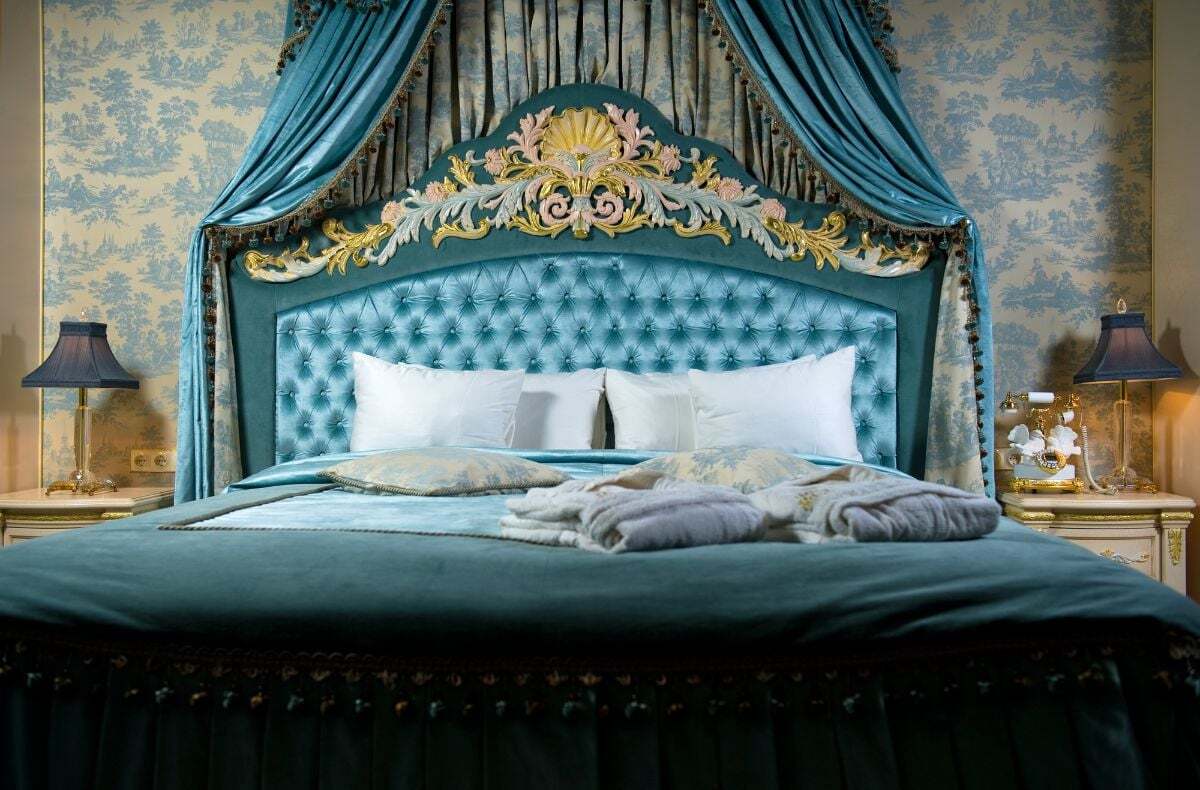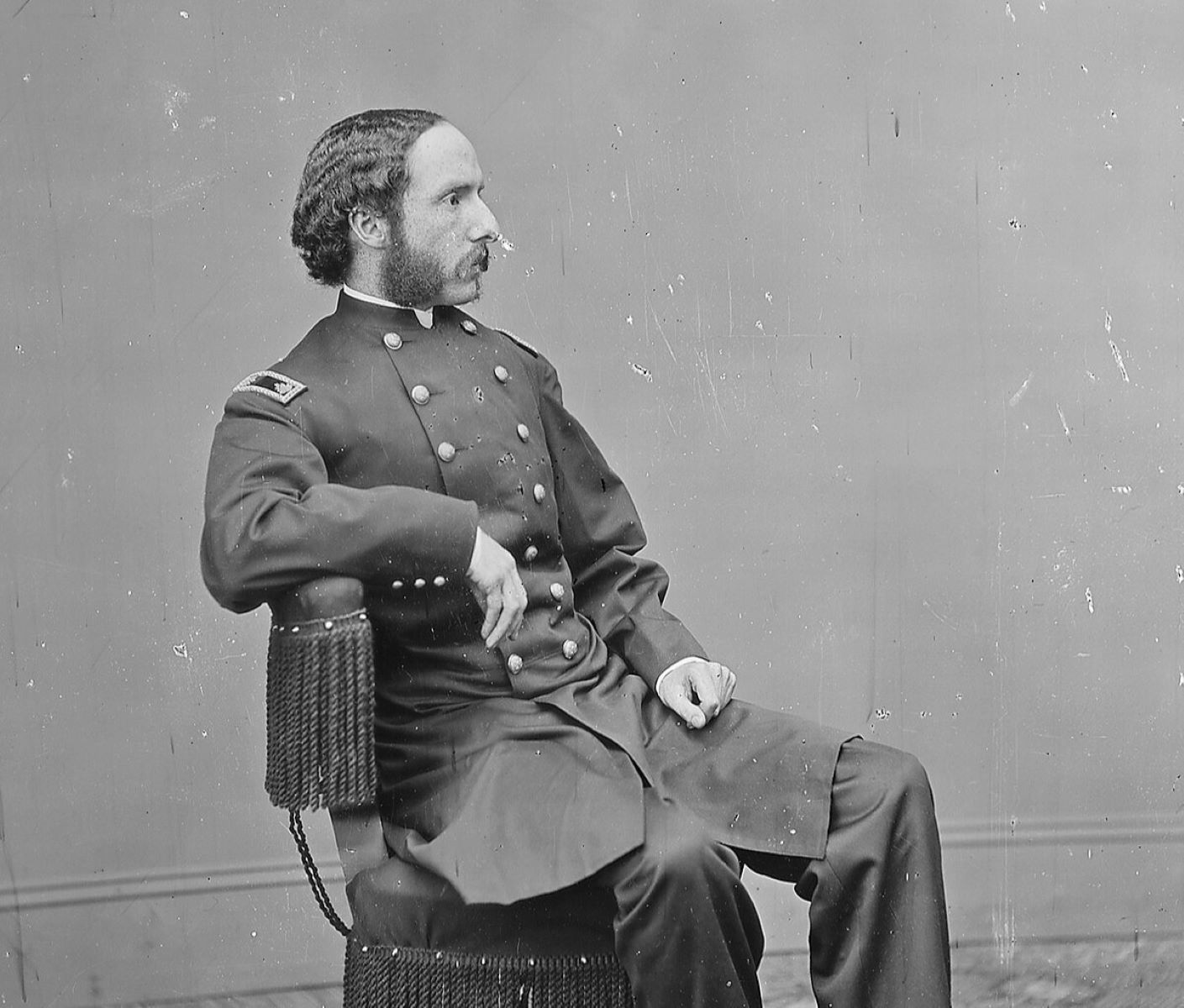
Did you know that the world's oldest beds date back over 77,000 years? These ancient sleeping arrangements were discovered in a South African cave, providing a fascinating glimpse into early human life. Made from layers of plant material, these beds were not just for comfort but also for protection against insects. Imagine sleeping on a bed crafted from nature itself! This discovery challenges our understanding of early human ingenuity and adaptability. From simple plant mats to today's memory foam mattresses, the evolution of beds tells a story of innovation and survival. Ready to dive into more intriguing facts about the world's oldest beds? Let's get started!
Key Takeaways:
- Beds have been around for thousands of years, from ancient plant-based mats to modern smart beds. They've evolved to provide comfort, support, and even monitor sleep patterns for optimal rest.
- Fun facts about beds include the world's largest bed, the most expensive bed made of gold and precious stones, and the origin of the phrase "sleep tight." Beds have a rich history and continue to be an essential part of our lives.
The Origins of Beds
Beds have been a part of human history for thousands of years. From simple mats to elaborate structures, the evolution of beds is fascinating. Let's dive into some intriguing facts about the world's oldest beds.
-
The oldest known bed was discovered in South Africa's Sibudu Cave. It dates back approximately 77,000 years.
-
Early beds were made from layers of plant material, such as reeds and rushes, which provided cushioning and insulation.
-
These ancient beds were often placed on a foundation of ash, which helped to repel insects and other pests.
-
The use of medicinal plants in bedding materials was common. These plants had natural insect-repelling properties.
-
Archaeologists found that early humans used a variety of plants, including sedges and grasses, to create comfortable sleeping surfaces.
Ancient Egyptian Beds
The ancient Egyptians were known for their advanced civilization, and their beds were no exception. They had unique designs and materials that set them apart from other ancient cultures.
-
Egyptian beds were typically raised off the ground, supported by wooden frames.
-
The frames were often intricately carved and decorated with symbols and hieroglyphics.
-
Wealthy Egyptians slept on beds made of wood, while the less affluent used simpler materials like palm fronds.
-
Beds were sometimes adorned with gold and precious stones, showcasing the owner's wealth and status.
-
The headrests used by Egyptians were made of wood or stone and were designed to support the neck.
Greek and Roman Beds
The Greeks and Romans also had their own unique bed designs. Their innovations influenced bed-making for centuries to come.
-
Greek beds, known as "klines," were often used for both sleeping and dining.
-
These beds were typically made of wood and featured a slanted headboard for added comfort.
-
Romans adopted the Greek kline and added their own touches, such as bronze or iron frames.
-
Wealthy Romans had beds with luxurious mattresses stuffed with feathers or wool.
-
Roman beds were often placed in alcoves or niches within the home, providing a sense of privacy.
Medieval and Renaissance Beds
During the medieval and Renaissance periods, beds became more elaborate and ornate. They were a symbol of wealth and status.
-
Medieval beds were often large and could accommodate multiple people, including servants.
-
Canopies and curtains were added to beds for privacy and warmth.
-
The four-poster bed became popular during the Renaissance, with its tall posts and elaborate drapery.
-
Beds were often passed down through generations as valuable family heirlooms.
-
The mattresses of this period were typically filled with straw, feathers, or wool.
Beds in Asia
Asian cultures also have a rich history of bed-making, with unique designs and materials that reflect their traditions and lifestyles.
-
In Japan, traditional beds called "futons" are made of cotton and can be rolled up and stored during the day.
-
Chinese beds, known as "kang," are often built into the structure of the house and heated from below.
-
The kang bed-stove system dates back over 2,000 years and was used to keep families warm during cold winters.
-
In India, traditional beds called "charpoys" are made of a wooden frame with a woven rope or fabric surface.
-
Charpoys are lightweight and portable, making them ideal for the nomadic lifestyles of some Indian communities.
Modern Bed Innovations
Beds have continued to evolve, with modern innovations providing greater comfort and convenience.
-
The invention of the spring mattress in the 19th century revolutionized bed design.
-
Memory foam mattresses, introduced in the 1960s, offer personalized support by conforming to the shape of the body.
-
Adjustable beds, which allow users to change the position of the mattress, have become popular for their health benefits.
-
Smart beds, equipped with sensors and technology, can monitor sleep patterns and adjust firmness for optimal comfort.
-
Eco-friendly beds made from sustainable materials are gaining popularity as people become more environmentally conscious.
Fun Facts About Beds
Beds are not just functional; they also have some fun and quirky aspects worth mentioning.
-
The largest bed in the world, according to the Guinness World Records, measures 86 feet 11 inches long and 53 feet 11 inches wide.
-
The most expensive bed, the Baldacchino Supreme, costs around $6.3 million and is made of gold and precious stones.
-
In the 17th century, it was common for people to sleep sitting up, as lying down was associated with death.
-
The phrase "sleep tight" comes from the 16th and 17th centuries when mattresses were supported by ropes that needed to be tightened regularly.
-
The average person spends about one-third of their life in bed, making it one of the most important pieces of furniture in a home.
Ancient Beds: A Glimpse into History
Ancient beds offer a fascinating peek into human history. These early sleeping arrangements, dating back thousands of years, reveal much about our ancestors' daily lives and ingenuity. From simple piles of leaves to intricately crafted wooden frames, these beds highlight the evolution of comfort and craftsmanship.
Understanding the world's oldest beds helps us appreciate the advancements in modern bedding. It also underscores the universal need for rest and comfort, a constant throughout human history. Whether it's a bed from ancient Egypt or a prehistoric pile of grass, each tells a unique story about the people who used them.
So next time you crawl into your comfy bed, remember the journey of innovation and creativity that led to your restful night. Ancient beds remind us of our shared past and the timeless quest for a good night's sleep.
Frequently Asked Questions
Was this page helpful?
Our commitment to delivering trustworthy and engaging content is at the heart of what we do. Each fact on our site is contributed by real users like you, bringing a wealth of diverse insights and information. To ensure the highest standards of accuracy and reliability, our dedicated editors meticulously review each submission. This process guarantees that the facts we share are not only fascinating but also credible. Trust in our commitment to quality and authenticity as you explore and learn with us.


